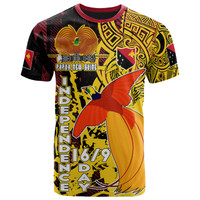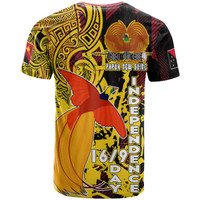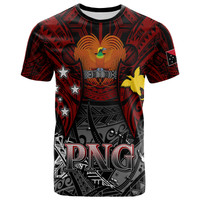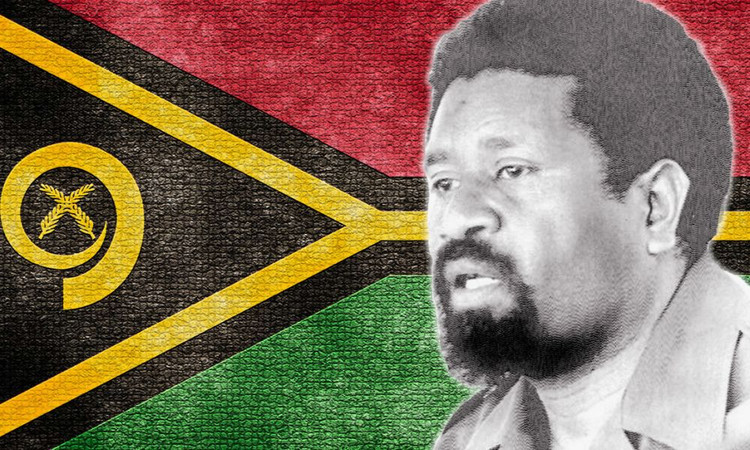Discover The Meaning Behind Vanuatu’s Coat of Arms
Posted by Maris on 23rd Jan 2024
Situated in the southwest Pacific, the archipelago nation of Vanuatu is home to a people with a distinct Melanesian culture and a long history. This archipelago is made up of more than 80 isolated, enchantingly craggy islands, many of which have been inhabited for thousands of years; artifacts from the period 2000 BC have been discovered on several of the islands.
European Administration and Early Explorers

Pedro Fernández de Quirós, a Portuguese adventurer, was the first European to see the virginal isles of Vanuatu in 1606. However, it was during his second voyage that the notorious British explorer James Cook brought the island country to the notice of Europe and gave it the name New Hebrides. Europeans started colonizing the islands in the late 18th century, and by the start of the following century, the British and French shared governance of the islands.
Two of the islands in this nation in the southwest Pacific, Espiritu Santo and Efate, were used as military bases by the allied troops during the height of World War II. The native islanders advanced their cause of self-governance during the next 20 years, leading to complete independence. The British and French gave complete sovereignty to Vanuatu on July 30, 1980, marking the formation of the nation now officially known as the Republic of Vanuatu. The first prime minister of Vanuatu was the honorable Walter Hayde Lini, who led the campaign for the independence of the island nation.
Interpreting the Significance of Vanuatu's Coat of Arms

With imagery that holds great significance for the ni-Vanuatu people, the recently recognized Republic of Vanuatu designed its own coat of arms, much like any other sovereign nation or independent state would. A Melanesian warrior, or more precisely, the Hon. Walter Lini, the nation's first prime minister, is depicted on Vanuatu's coat of arms. Walter Lini played a key role in the country's independence and proclaimed July 30, 1980—the day the French and British awarded Vanuatu complete sovereignty—as the official Independence Day of the nation.
The Melanesian warrior, displaying pride, is overlaid above the tusk of a pig, with namele leaves encircling him in the backdrop. This artwork has particular meaning because the namele leaves and the pig's tusk stand for peace and prosperity, respectively. The official Vanuatu emblem, which is also included on the nation's flag, has this imagery.

The motto "Long God Yumi Stanap," which translates to "In God we stand" in the official Bislama language of Vanuatu, is engraved on a scroll at the base of the coat of arms. These lines, which are currently the national slogan of the archipelago nation, were originally spoken by Walter Lini on July 30, 1980, the day of Vanuatu's independence. A historic day on which he exhorted his fellow citizens to unite as one country.
Walter Lini: The Individual Leading the Way for Independence

The first prime minister of Vanuatu, Walter Hayde Lini, was born on Pentecost Island in 1942. He was born in a time when the British and French shared colonial authority over Vanuatu, then known as the New Hebrides, to differing degrees of success. He founded the Vanua'aku Party in 1971. This democratic socialist party, led by Lini, fought for self-governance and eventually won complete independence from France and Britain.














